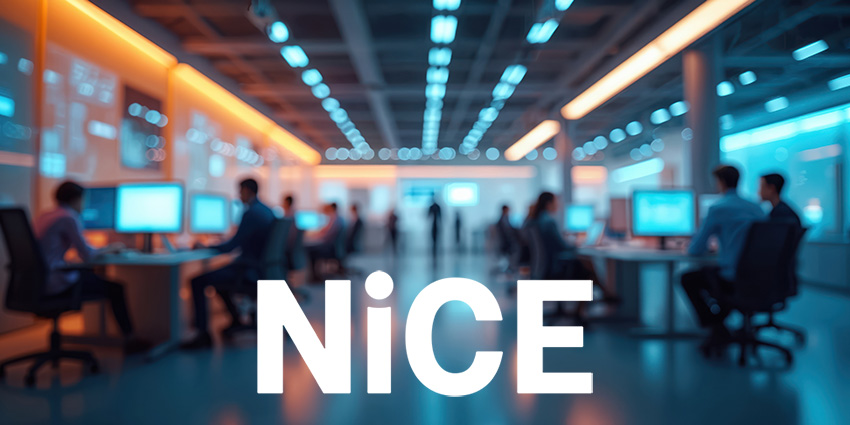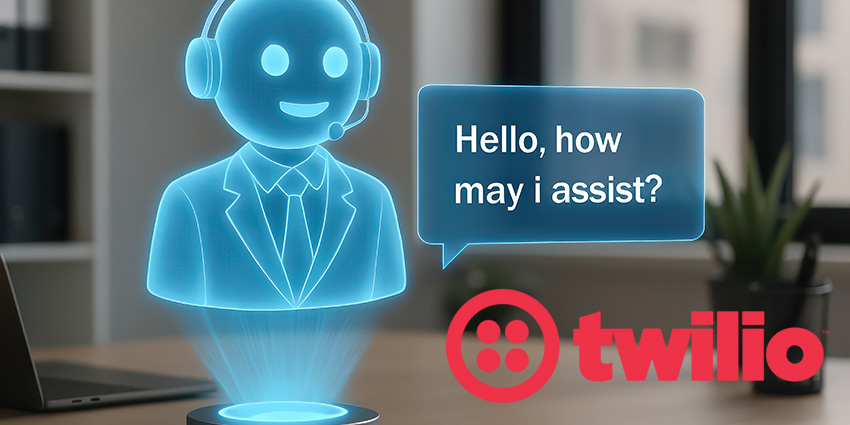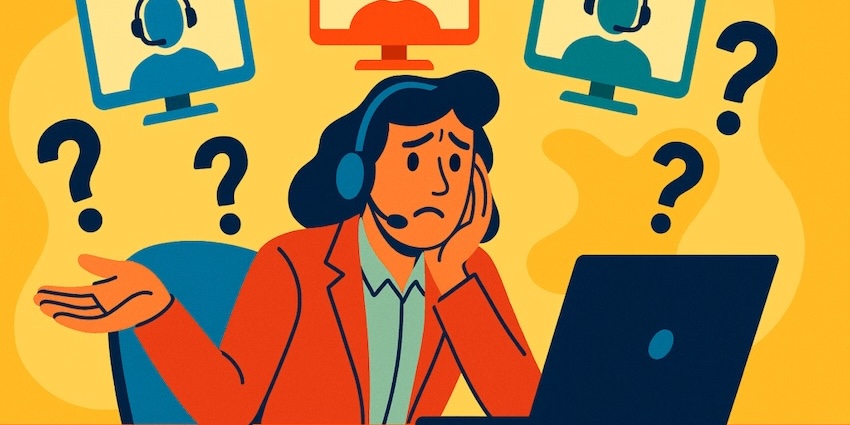Microsoft Ignite 2025 looks set to deliver a clear message for customer experience leaders: AI agents are no longer an early experiment.
The tech giant is using one of its largest annual events to highlight how AI agents are becoming an operational reality.
Across sales, service, content creation, and employee enablement, Microsoft’s updates signal a shift from “copilots that assist” to agents that act.
Here are the five biggest CX takeaways from this year’s announcements:
1. The Sales Development Agent Brings Autonomous Selling into the Mainstream
Microsoft’s new Sales Development Agent is easily the headline act for CX, sales, and revenue teams.
Now in the Frontier preview, it’s designed to “research, qualify and engage leads during and after business hours,” according to Microsoft, with the aim of ensuring “no lead is left behind.”
For CX and sales leaders, this changes the rhythm of pipeline generation. Rather than relying solely on human outreach or rule-based automation, organizations can now experiment with an autonomous agent that can drive early-stage conversations and escalate only when human intervention adds value.
Security and governance controls are built in through Agent 365, which Microsoft says comes “ready to use with the security, governance and productivity tools in Agent 365 right out of the box.”
This will be one of the most closely watched previews of 2025, especially for teams seeking to modernize their lead engagement strategy without rebuilding their tech stack.
2. Sora 2 Arrives in Microsoft 365 Copilot – A New Era for Customer-Facing Content
In the age of AI, customers are expecting more and more from their service interactions.
With Sora 2 integrated into Microsoft 365 Copilot, marketing and CX teams can meet these enhanced expectations by generating short videos directly within the Create experience.
Microsoft confirms that users will be able to “generate short AI-generated video clips from natural language prompts” and even replace stock footage with AI-generated alternatives.
For CX leaders, this opens a fresh lane of possibility:
- Personalized explainer videos
- Onboarding clips
- Campaign assets
- Product walk-throughs
All without waiting weeks for production resources.
Brand kits, voiceovers, and music tools are included, helping teams create content that feels consistent and polished.
While still part of the Frontier program, it’s a sign of where Microsoft believes customer-facing content creation is heading.
3. Power Apps Gains Agent-Powered Automation – A Boost for CX Operations
Low-code builders have become essential to CX operations, especially when bridging gaps between CRM, support platforms, and custom business processes.
At Ignite, Microsoft announced a new agent-powered maker workspace in Power Apps.
The company says the new workspace “combine[s] what a maker needs — planning, data modeling and app building — into one intelligent, AI-powered canvas,” with the ability to generate apps simply by chatting with Copilot.
For CX leaders, the implications are practical:
- Quicker development of service workflows
- Easier creation of custom tools for agents
- More agility without waiting on development teams
Power Apps also introduces its own Model Context Protocol (MCP) Server, allowing AI agents to call an app’s capabilities. Microsoft notes that “agents will be able to call capabilities built into apps,” including retrieving records or submitting approvals.
This is a significant step toward agent-driven customer operations.
4. Agents in Microsoft Teams Become Cross-App Orchestrators
Another update includes the ability for Agents inside Microsoft Teams channels to now integrate with third-party systems such as Jira, Asana, and GitHub.
Microsoft explains that agents can pull risk information directly from these tools, surface blockers and even “schedule a meeting with the team to discuss a mitigation plan.”
While this may sound like more of a UC function on the surface, for CX organizations, particularly those running cross-functional operations (product, engineering, marketing, service), this has real value:
- Fewer context switches
- Less manual follow-up
- More coordinated communication around customer issues
Rather than agents acting as isolated helpers, they become part of team-wide workflows.
5. Microsoft 365 Copilot Expands Its Content and Collaboration Capabilities
Ignite 2025 delivered a wave of enhancements across the Microsoft 365 ecosystem that CX teams will appreciate.
Most notably, Microsoft 365 Copilot Chat can now create Pages, allowing teams to turn ideas into interactive documents.
Microsoft says the tool can “write code directly onto a page,” helping users create “interactive reports” or even turn them into PowerPoint presentations.
It’s a practical way to speed up:
- Knowledge base creation
- Internal playbooks
- Campaign plans
- Customer-facing documentation
SharePoint creation via Copilot Chat also arrives in preview, enabling users to generate structured pages and lists with prompts like “@SharePoint page agent create a page for our Q4 marketing campaign.”
For organizations where content fuels the customer experience, these additions could provide real productivity gains.
Final Thoughts
Microsoft Ignite 2025 showed a company doubling down on agentic AI; not as an abstract vision, but as a practical operating model.
While some features remain in preview, each one points toward a future where AI agents handle more of the repetitive, early-stage and cross-system work that slows down CX, sales, and service teams.
For CX leaders, this year’s Ignite offers a toolkit that stretches from autonomous sales engagement to rapid content creation and operational automation.
It’s a significant step in the evolution of Microsoft’s AI ecosystem, and one that customer-focused organizations should watch closely in the months ahead.
You can find out more about all of the major UC announcements from Ignite 2025 by checking out our sister site UC Today.







